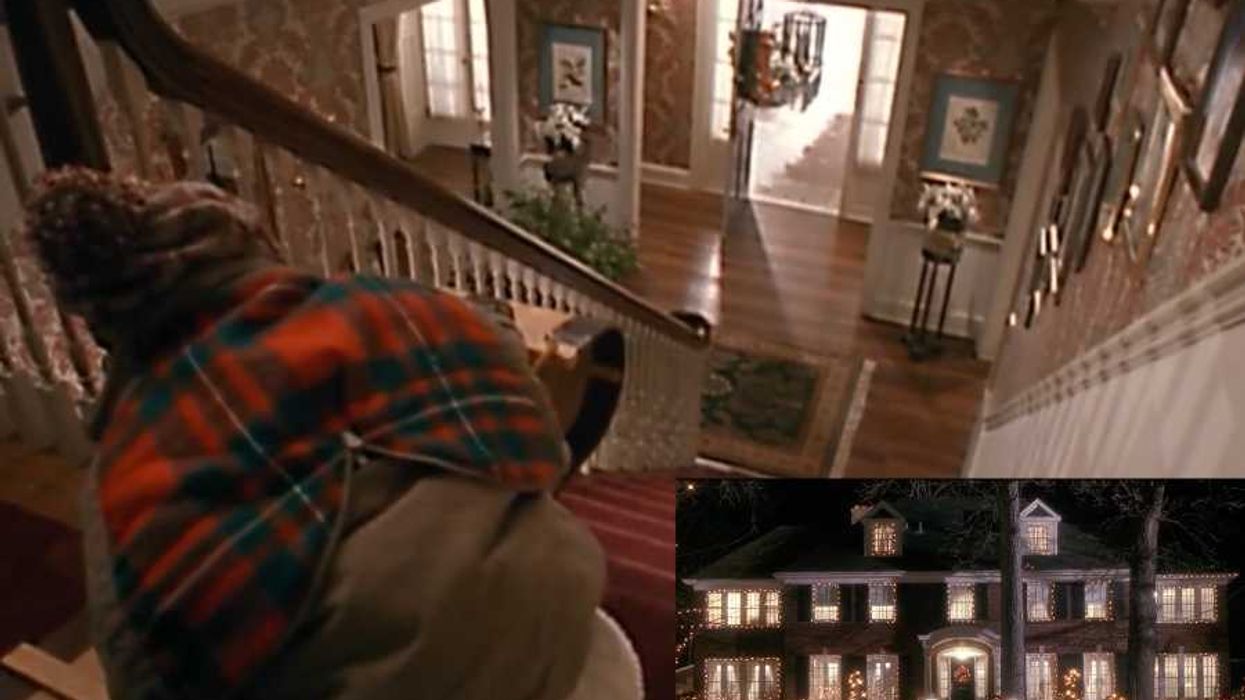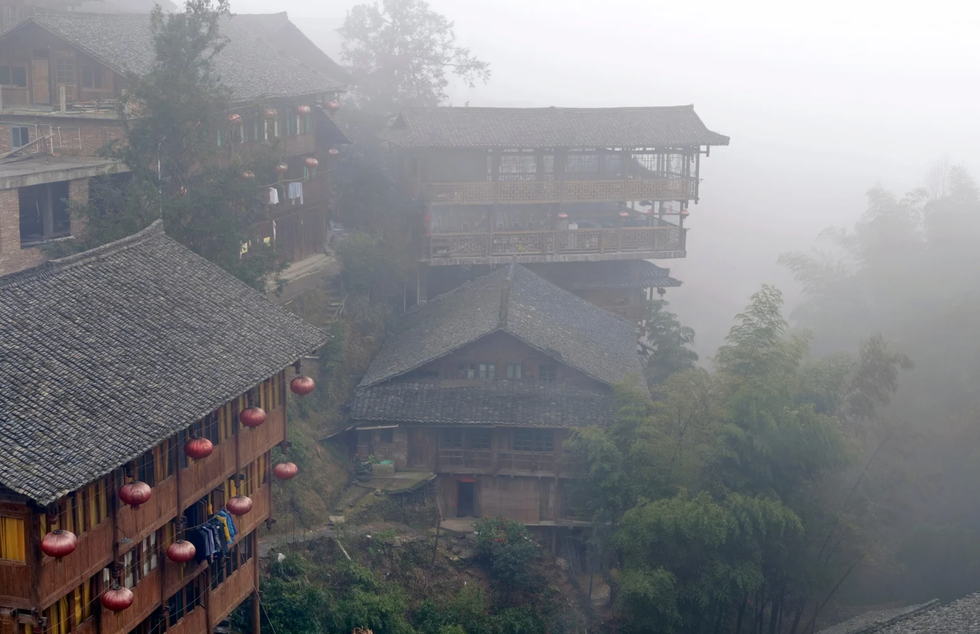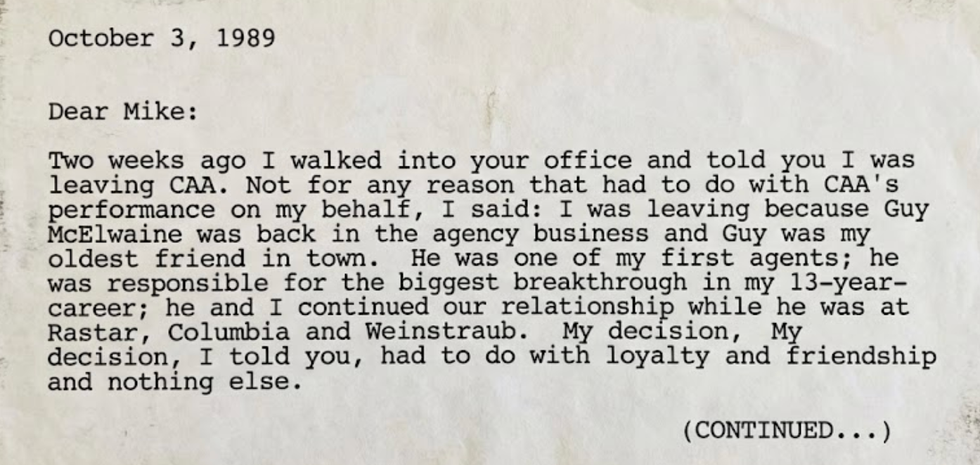Formerly a British colony and now part of China, Hong Kong has never had full autonomy. Earlier this year, an extraordinary protest united students and citizens in the fight against China’s One Country, Two Systems policy and in support of universal suffrage and democracy. The hundreds of thousands who clogged the city’s main financial and retail hubs—areas that were once the pride and glory of the tiny fishing village that grew into Asia’s bridge to the West—not only rerouted the political consciousness of Hong Kong, but also showed the world that impassioned protests could be conducted with the utmost civility. Symbolized by the creativity and ingenuity of the “Umbrella Movement,” the protest has been rooted in a strong yearning for mutual respect, freedom of expression, and an abiding belief in possibility.
Hub for progress
March saw the launch of FireChat, a messaging app developed in Silicon Valley that allows people to talk even without an internet connection. At the urging of a student leader in Hong Kong, who saw the need for protestors to stay connected offline, the app was downloaded 500,000 times in the first two weeks of the protest and has been widely credited for allowing protestors to stay organized.
Civic engagement
In August, the government issued an agreement with China allowing Hongkongers to vote for their chief executive—but only from a pre-approved list of candidates. Finding no platform or forum to vent their frustrations and opinions on this ‘fake democracy,’ citizens of the Occupy Central with Love and Peace movement (which formed in 2013) organized an act of civil disobedience in late September, which later turned into the protest that made headlines all over the world.
Street life
Although Hong Kong does have a vibrant traditional outdoor scene—markets, alfresco dining areas, public talks—all is government-approved. As a city that promotes freedom of speech yet enforces strict public property laws (often, bureaucratic red tape stops public art projects and cultural events from happening), Hong Kong lacks a consistent logic to its public-private distinctions. However, the Occupy Central movement has also changed that, as art, music, dance and other forms of cultural response flowered in the occupied areas. Most prominent is the Lennon Wall, inspired by the original John Lennon Wall in Prague, where protesters wrote messages on colorful paper to form a ‘wall’ of positive slogans.
Defining moment
Occupy Central has been a defining moment of not just 2014, but also Hong Kong’s history. The civil disobedience movement may have divided the city somewhat—with some identifying either as anti-occupiers or pro-Beijingers—but essentially, at the heart of the protest, Hong Kong citizens have never been more united. Irate anti-occupiers who infiltrated the protest crowds were met with smiles and hundreds of raised arms (to indicate peace) while students gladly shared their umbrellas—used to defend against police tear gas—with police on rainy days.
Connectivity
Protesters replaced the usual social order with their own set of rules, relying on the rapid circulation of online platforms like Facebook, Reddit, Twitter, and Google Docs to organize and communicate. On Hong Kong’s well-developed public transportation system, road transport like buses and minibuses operated slower during the protests due to blocked roads and diversions. However, the behemoth Mass Transit Railway system, run by an artificial intelligence system, still runs 99.9 percent on time, making getting around the city as practical as ever.
Green life
Use of public and green space during the protests has shown a city respectful of its property. Odd sprays of graffiti were immediately scrubbed away by volunteers, while protesters used washable chalk to scrawl political statements on the sidewalks. Already, several groups like the Umbrella Movement Visual Archive and Research Collective have started strategizing how to save and archive the protest art. The city's green spaces and rare squares of grass are also valued: Protesters took care to keep off the grass while on any given Sunday, it’s not uncommon to see groups of picnickers laying down blankets without ever leaving a trace of rubbish behind.
Diversity
While almost every home in the city employs domestic help (frequently Filipino or Indonesian), the government currently does not permit these workers to gain permanent residency in Hong Kong. Consequently, cases of physical abuse and human rights violations are rampant. The HK Helpers Campaign focuses its efforts on lobbying for bans on illegal agency fees and on enforcing maximum working hours through social media, awareness campaigns, petitions, and submissions to the government.
Work/life balance
During the Occupy Central movement, many protesters gave up their own responsibilities to lend their skills to the cause. Those in the education sector offered classes to students within the occupied areas, setting up impromptu classrooms and lecture areas, while nurses and trained medics volunteered at the dozens of first aid booths. On a larger scale, city workers came together to volunteer and donate. Bathrooms in government buildings were filled with donated toiletries and makeshift showers built out of tents and punctured water bottles. In another example of how the protests brought the city together, some employers even encouraged their employees to participate in the movement, with several shops and organizations closing for certain periods.
Ysabelle Cheung is a writer and illustrator. Born and bred in London, she hopped across to Hong Kong at age 23. A not-so-secret purveyor of the weird and mysterious, she loves how snake charmers, 7-11s, and the latest smartphones can live on the same street in Hong Kong.

















 A hotel clerk greets a guestCanva
A hotel clerk greets a guestCanva Gif of Faye Dunaway' as Joan Crawford demanding respect via
Gif of Faye Dunaway' as Joan Crawford demanding respect via  An empty rooftopCanva
An empty rooftopCanva
 A road near equatorial Atlantic OceanCanva
A road near equatorial Atlantic OceanCanva Waves crash against rocksCanva
Waves crash against rocksCanva

 Two people study a mapCanva
Two people study a mapCanva Foggy Chinese villageCanva
Foggy Chinese villageCanva

 An excerpt of the faxCanva
An excerpt of the faxCanva